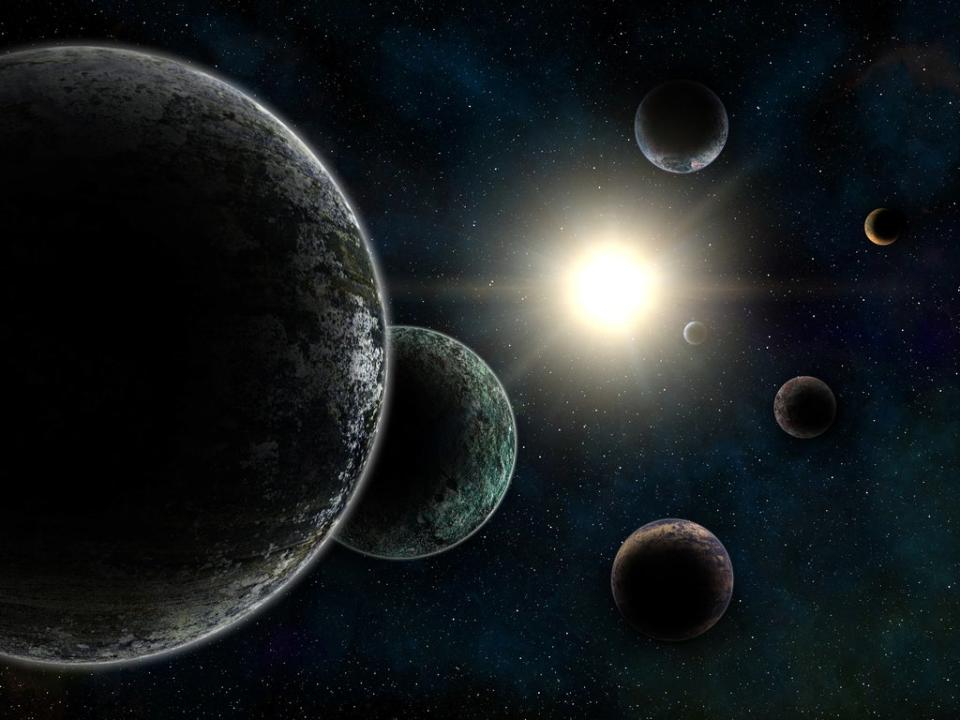China’s ‘Earth 2.0’ spacecraft could finally find life on alien worlds

China is preparing its Earth 2.0 mission, an endeavour from the Chinese Academy of Sciences to look for planets that humanity could inhabit.
The craft is at the final stages of its early design phase and, if it passes by a review from a panel of experts set to take place in June, could be built and launched on a Long March rocket by the end of 2026.
Scientists will release detailed plans for the mission later this month, but some information is already known.
The Earth 2.0 satellite will have seven telescopes that will look into the depths of space for four years. Six of the telescopes will look at the Cygnus–Lyra constellations, which have already been examined by the Kepler telescope.
Rather than covering old ground, however, this provides scientists with a good base in order to find new exoplanets – bodies outside of our Solar System that could possibly be habitable. “The Kepler field is a low-hanging fruit, because we have very good data from there,” Jian Ge, the astronomer leading the Earth 2.0 mission at the Shanghai Astronomical Observatory of the Chinese Academy of Sciences, told Nature.
“Our satellite can be 10–15 times more powerful than NASA’s Kepler telescope in its sky-surveying capacity,” Ge added.
The telescopes will look for far-off worlds by detecting changes in a star’s brightness that would suggest a planet has travelled in front of it. Multiple telescopes give the mission a much wider field of view than the single telescope on Kepler, with Earth 2.0 capable of looking at 1.2 million stars across a 500-square-degree patch of sky at any one time – a view five times wider than Kepler’s, and able to spot dimmer stars too.
The sevnth introment is a gravitational microlensing telescope for spotting planets tht do not orbit any star, and bodies similar to Neptune that are very distant from their host sun. If successful, this will be the first telescope of its kind operating from space.
There are already 300 scientists and engineers working on the project in China alone, but it is hoped that more astronomers worldwide will join the search.
Recently, it was announced that the number of exoplanets discovered had exceeded 5,000. Nasa’s now retired Kepler space telescope discovered more than 2,600 exoplanets between its launch in 2009 and retirement in 2018, and Nasa’s Transiting Exoplanet Survey Satellite, or Tess, has found more than 2,000 exoplanets since it was launched in 2018.
Future telescopes, like the Nancy Grace Roman Space Telescope that will launch in 2027 and the European Space Agency’s Atmospheric Remote-sensing Infrared Exoplanet Large-survey (Ariel) that will launch in 2029 are likely to discover even more planets – and possibly alien life.
“To my thinking, it is inevitable that we’ll find some kind of life somewhere,” Dr Alexander Wolszczan, a professor at Pennsylvania State University, said at the time. “Most likely of some primitive kind.”

 Yahoo Finance
Yahoo Finance 